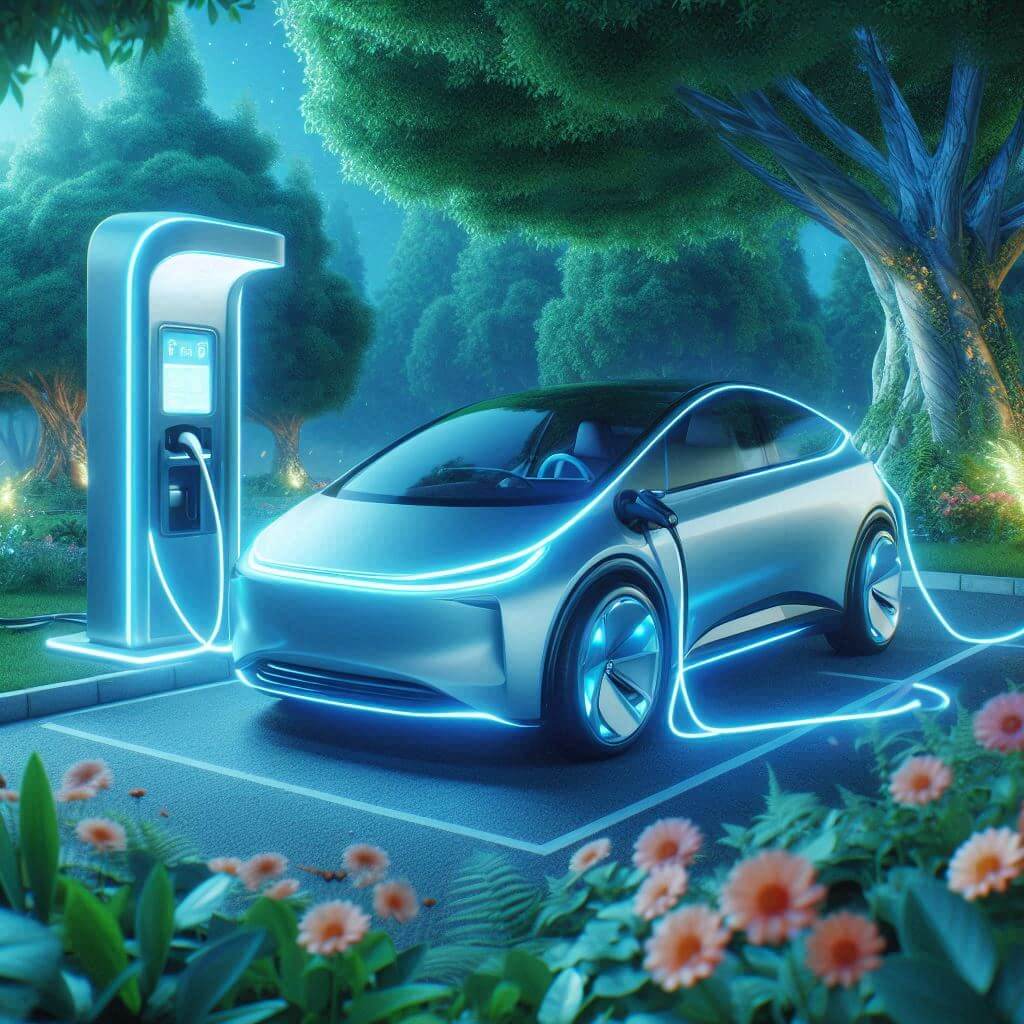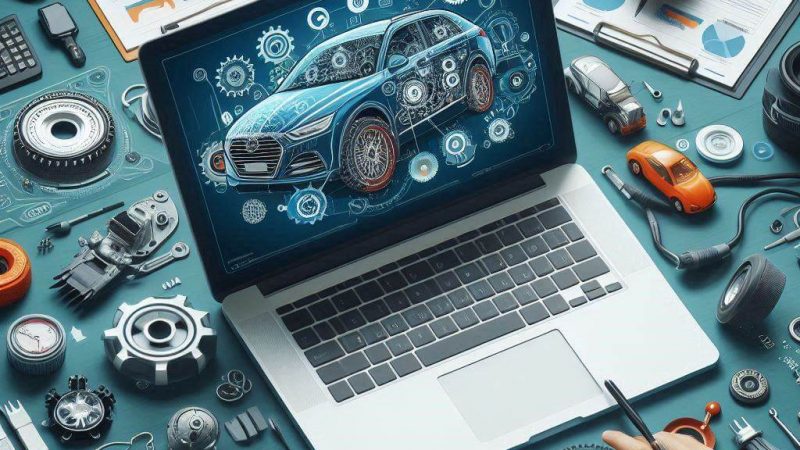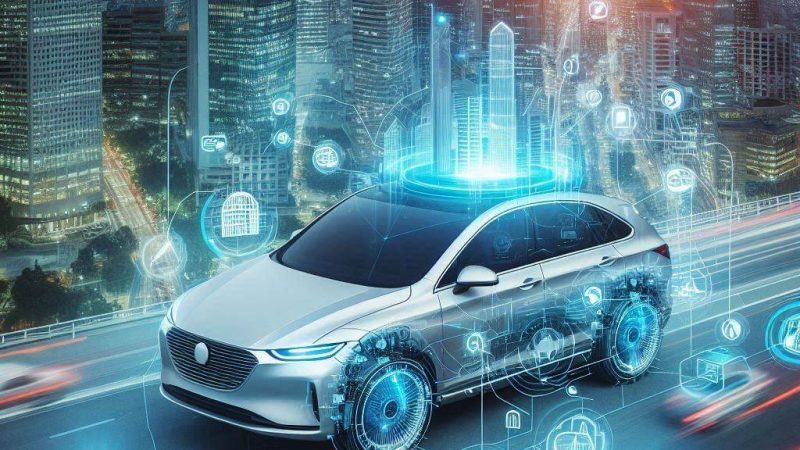Revving Up the Future: The Rise of e-POWER in Cars

As the world shifts towards a more sustainable and environmentally-friendly future, the automotive industry is undergoing a significant transformation. Electric vehicles (EVs) have been gaining popularity, and with it, a new technology is emerging: e-POWER. In this article, we’ll delve into the world of e-POWER, exploring its definition, benefits, and the latest advancements in this revolutionary technology.
Contents
What is e-POWER?
e-POWER is a hybrid powertrain technology that combines electric motors with internal combustion engines to provide improved fuel efficiency, reduced emissions, and enhanced performance. Unlike traditional hybrid systems, which use electric motors to assist the engine, e-POWER systems integrate electric motors as an integral part of the powertrain. This innovative approach allows for greater flexibility and efficiency in power delivery, making it an attractive solution for drivers seeking a balance between performance and eco-friendliness.
Benefits of e-POWER
- Improved Fuel Efficiency: e-POWER systems can achieve up to 20% better fuel economy compared to traditional internal combustion engines alone.
- Reduced Emissions: By reducing the amount of fossil fuels burned, e-POWER vehicles emit significantly fewer pollutants and greenhouse gases, contributing to a cleaner environment.
Enhanced Performance: The electric motors provide instant torque and smooth acceleration, making e-POWER vehicles feel faster and more agile. - Quieter Ride: The electric motors reduce noise pollution, providing a more comfortable driving experience.
Types of e-POWER Systems
- Series-Hybrid Systems: In this configuration, the electric motor assists the engine during acceleration and deceleration, improving fuel efficiency and reducing emissions.
- Parallel-Hybrid Systems: This setup integrates the electric motor with the engine to provide additional power during acceleration, resulting in improved performance and fuel economy.
- Through-the-Road Hybrid Systems: This technology uses the electric motor to propel the vehicle at low speeds, eliminating the need for internal combustion altogether.
Recent Advancements in e-POWER Technology
- Advanced Battery Management Systems: Improved battery management systems allow for more efficient energy storage and retrieval, extending driving range and reducing charging times.
- Higher-Efficiency Electric Motors: New motor designs and materials have increased efficiency, resulting in more powerful and efficient electric propulsion.
- Innovative Energy Recovery Systems: Regenerative braking and other energy recovery technologies are being developed to harness kinetic energy and convert it into electrical energy.
Future Outlook
As governments worldwide implement stricter emissions regulations and consumers demand more eco-friendly options, e-POWER technology is poised to play a significant role in shaping the future of the automotive industry. With ongoing research and development, we can expect to see further advancements in battery life, charging times, and system efficiency.
e-POWER technology has the potential to revolutionize the way we think about transportation. By combining the benefits of electric propulsion with internal combustion engines, e-POWER offers a compelling solution for drivers seeking both performance and sustainability. As the industry continues to evolve, it’s clear that e-POWER will be at the forefront of innovation, driving us towards a cleaner, greener future on wheels.


